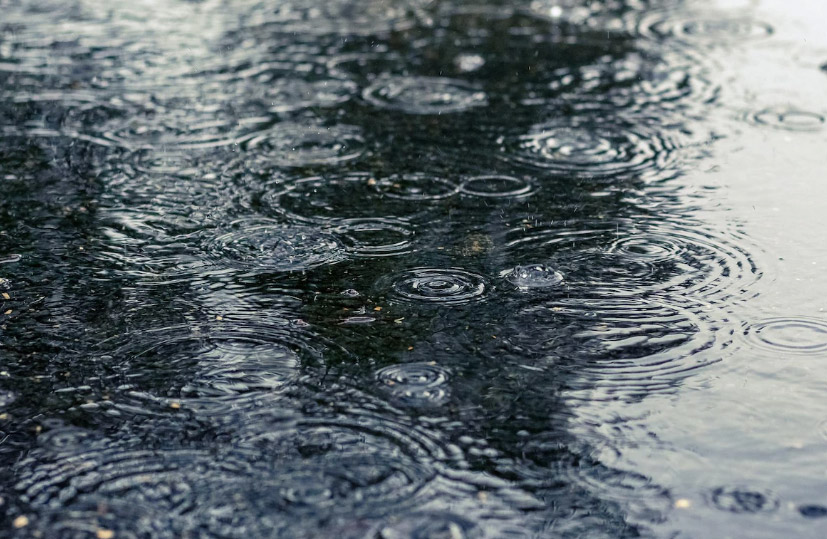Water tanks in the Philippines are slowly becoming a popular option among households. We can’t blame people, though. With the frequent occurrences of water shortages in the Metro, it comes as no surprise that many urban dwellers would look for alternative sources of water. And while many would think that this is only a problem in big cities where a lot of consumers compete for their share of water, this shortage actually also happens in the mountainous areas of the country.
But with every problem comes a brilliant solution, this time in the form of recycling water. The thought of reusing water may sound a bit disgusting, but hear us out as we explain how you can reuse water from the earth through rainwater harvesting.
WHAT IS RAINWATER HARVESTING?
Rainwater harvesting is the process of collecting the run-off water from a building or other impenetrable surface and storing it for later use. In tropical countries like the Philippines, this usually means collecting rain from a roof. The rain will accumulate in gutters and spouts and will then flow to a storage vessel, usually in the form of a barrel or a tank.
Whether you live in an urban setting or in a mountainous region of the country, this sort of technology serves as a viable option for avoiding the hassle of water shortages and also conserving water.
BENEFITS OF RAINWATER HARVESTING
Apart from the obvious water conservation benefit of this rainwater harvesting, here are a few more additional pros you can get from this technology.
- It’s relatively clean and is a free source of water.
- It is socially responsible as you’re not depleting any natural resource.
- It is self-sufficient and can provide for your household’s water demands.
- It’s great for both agricultural and ornamental plants as it’s not treated with chlorine.
- It’s simple and inexpensive, yet provides great convenience.
- It provides an excellent backup source of water during emergencies.
WHY IS RAINWATER HARVESTING IMPORTANT?
Collecting rainwater and using it for your household is important for so many reasons, but the biggest of them all is the fact that we are tapping out of this essential resource from our reservoirs. The Philippines consumes an average of 120 liters per household and our remaining sources of water simply can’t sustain this. Over the past years, we’ve experienced quite a lot of shortages, which only means that we’ll need to aid our environment in recuperating its natural production of our water. This means that we really need to start looking for alternative sources. That way, we save ourselves from the trouble of not having water on the tap during the dry season, all while lessening your environmental footprint.
WHERE TO GET RAINWATER HARVESTING TANK?
Rainwater harvesting doesn’t have to be an elaborate system. As mentioned earlier, it could be the simple act of storing rainwater in your barrels or ‘drums’ as we locally call it. But if you’re looking to collect rainwater to supply your entire household, you may always consult the experts from companies like Firstank who are among the trusted brands when it comes to water tanks in the Philippines.

